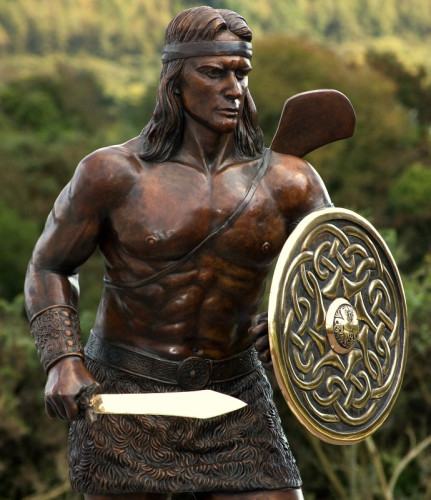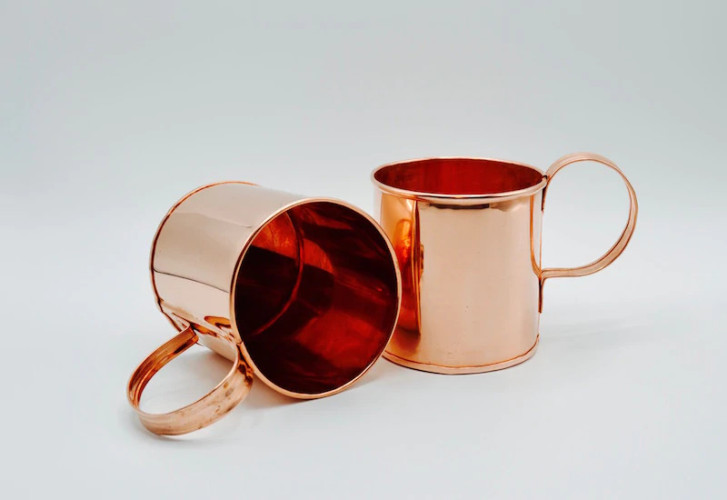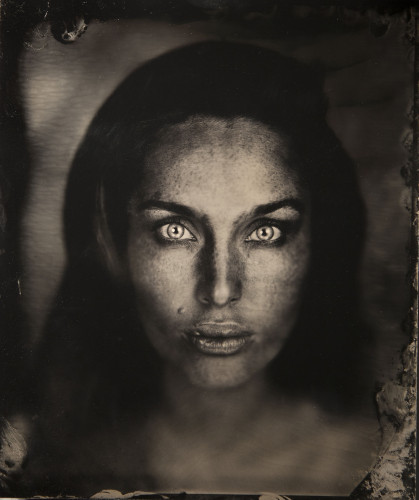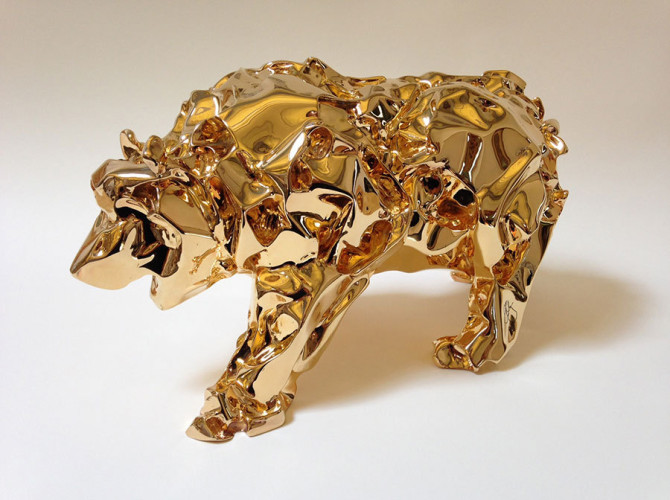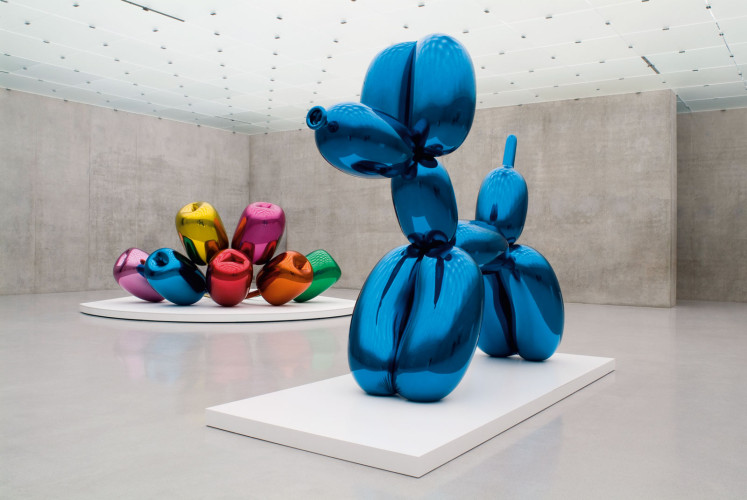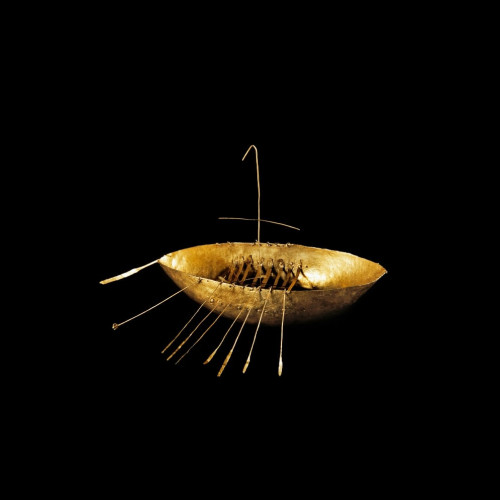This is Metal! Strong, sturdy and durable, metal comes from minerals that are found in rocks!
Humans began working with metal about 6,500 years ago and since then we’ve found countless uses for it, from smart phones to frying pans, hip replacements to musical instruments. Metal plays a vital role in our story and historic ages are even named after the different metals we have learnt to use.
Some of the oldest metal artworks are made of gold and different cultures around the world have made remarkable things from it. In 1896, Thomas Nicholl and James Morrow were ploughing a field at Broighter when they discovered one of Ireland’s most spectacular treasures - a hoard of gold dating to the first century BC. A small model boat is Ireland’s oldest depiction of a ship.









